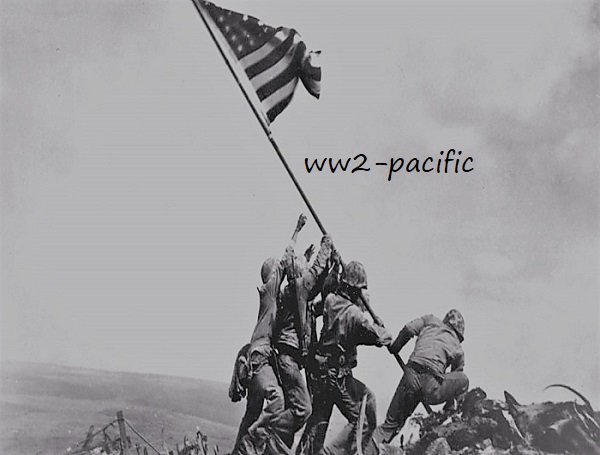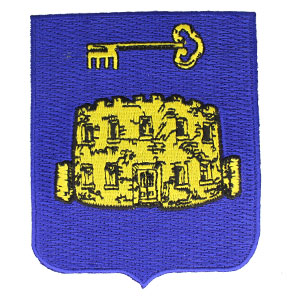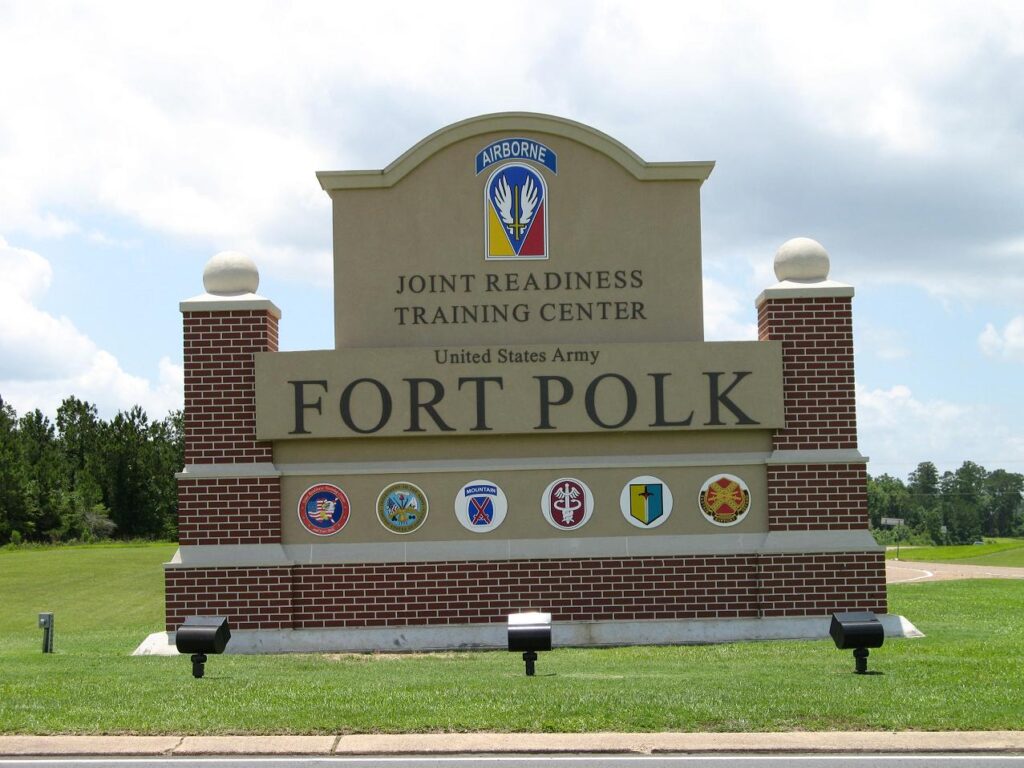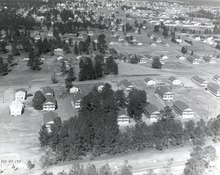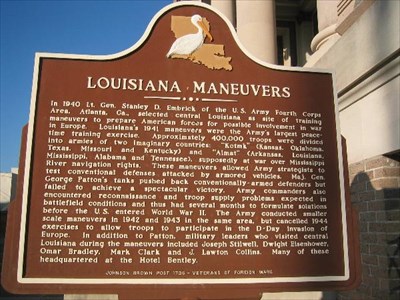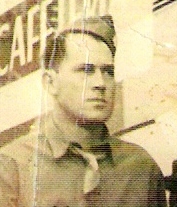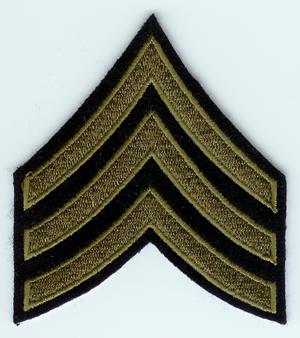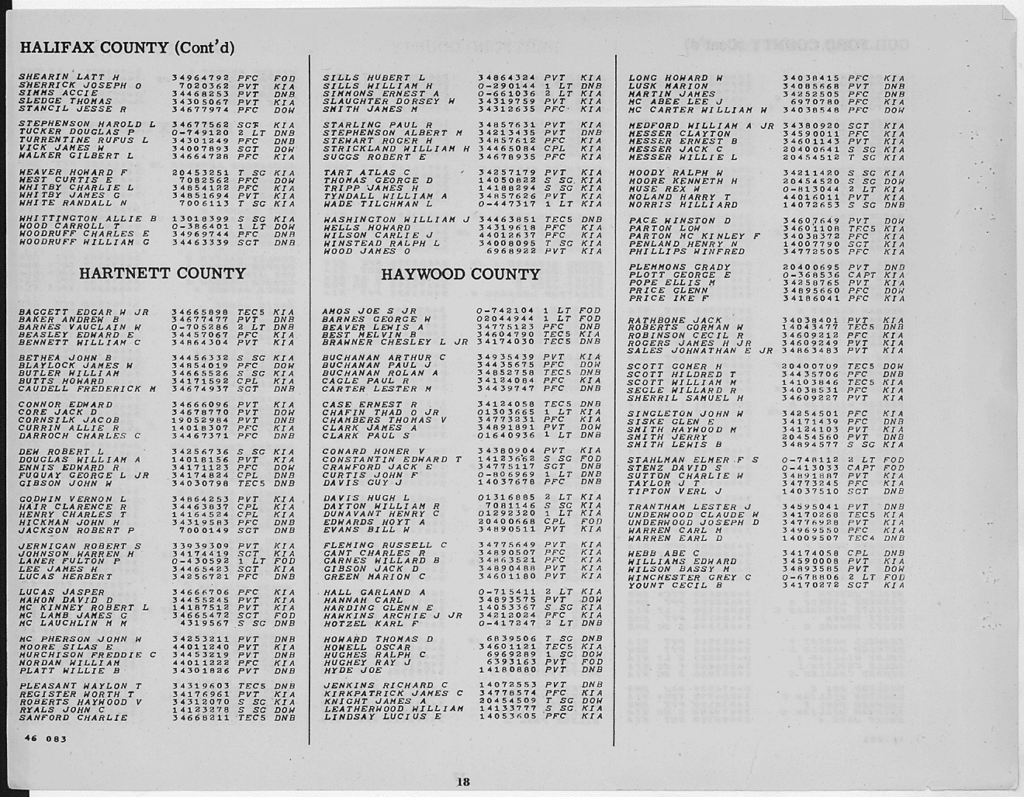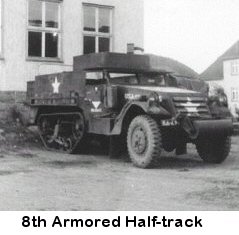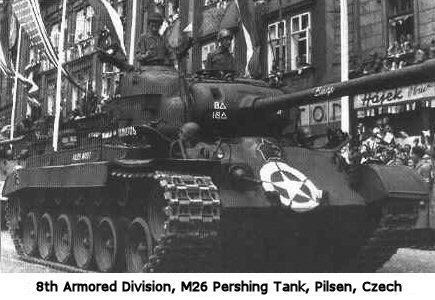Rank and Name, Sergeant Ralph Calvin Hughes.
Unit/Placed in, 49th Armored Infantry Regiment, 8th Armored Division “Thundering Herd”.
Leonard was born on Jun.3, 1916 in Haywood County, North Carolina.
Father, Robert Calvin Hughes.
Mother, Celia Magaline (Seay) Hughes.
Sister(s), Alma, Peggy Almina and Wilma Irene Hughes.
Brothers Perry William Hughes, Albert Linell and A.D.
Wife, Wilma (Rader) and Peggy E. (Davidson).
He enlisted the service in North Carolina with service number, #6969289.
Ralph C. Hughes was a Sergeant in the 49th Armored Infantry Regiment.
Ralph died of wounds (injuries) during the Louisiana maneuvers at Camp. Polk on Jul. 26, 1944, and he is honored with a Good Combat Ribbon, Good Conduct Medal, American Campaign Medal, WW II Victory Medal.
Ralph is buried at Bon-A-Ventura Cemetery Old West-Canton, Haywood County, North Carolina.
Thanks to https://www.sfasu.edu/heritagecenter/6994.asp
https://www.familysearch.org/tree/person/details/LL7W-Z3F
Jean Louis Vijgen, ww2-Pacific.com ww2-europe.com
Air Force Info, Rolland Swank.
ABMC Website, https://abmc.gov
Marines Info, https://missingmarines.com/ Geoffrey Roecker
Seabees History Bob Smith https://seabeehf.org/
Navy Info, http://navylog.navymemorial.org
POW Info, http://www.mansell.com Dwight Rider and Wes injerd.
Philippine Info, http://www.philippine-scouts.org/ Robert Capistrano
Navy Seal Memorial, http://www.navysealmemorials.com
Family Info, https://www.familysearch.org
WW2 Info, https://www.pacificwrecks.com/
Medals Info, https://www.honorstates.org
Medals Forum, https://www.usmilitariaforum.com/
Find a Grave, https://www.findagrave.com
Tank Destroyers, http://www.bensavelkoul.nl/
WordPress en/of Wooncommerce oplossingen, https://www.siteklusjes.nl/
Military Recovery, https://www.dpaa.mil/
In October 1943, the Division moved from garrison to bivouac and conducted extensive field exercises. From February to April 1944 it participated in Louisiana maneuvers which lasted three months. The Division stayed in the field after maneuvers were completed. Shortly after this most privates and Pfc.’s were shipped out and new replacements were received.
The Division ended almost six months of duty in the field as they moved to barracks at South Camp Polk and continued training for combat. In September 1944 it was placed in top priority for overseas movement. It departed for Camp Kilmer, New Jersey in late October 1944. Departure from New York began on 7 November with arrival in England on 18 November 1944.
Construction of Camp Polk began in 1941. Thousands of wooden barracks sprang up quickly to support an Army preparing to do battle on the North African, European and Pacific fronts. Soldiers at Polk participated in the Louisiana Maneuvers, which were designed to test U.S. troops preparing for World War II.
Until 1939, the Army had mostly been an infantry force with supporting artillery, engineer, and cavalry units. Few units had been motorized or mechanized. As U.S. involvement in World War II became more likely, the Army recognized the need to modernize the service. But it also needed large-scale maneuvers to test a fast-growing, inexperienced force. That is where Fort Polk and the Louisiana Maneuvers came in.
The Maneuvers involved half a million soldiers in 19 Army Divisions, and took place over 3,400 square miles (8,800 km2) in August and September 1941.
The troops were divided equal armies of two notional countries: Kotmk (Kansas, Oklahoma, Texas, Missouri, Kentucky) and Almat (Arkansas, Louisiana, Mississippi, Alabama, Tennessee). These countries were fighting over navigation rights for the Mississippi River.
The Maneuvers gave Army leadership the chance to test a new doctrine that stressed the need for both mass and mobility. Sixteen armored divisions sprang up during World War II after the lessons learned during the Louisiana Maneuvers were considered. These divisions specialized in moving huge combined-arms mechanized units long distances in combat.
On the defensive front, U.S. doctrine was based on two needs: the ability to defeat Blitzkrieg tactics; and how to deal with large numbers of German tanks attacking relatively narrow areas. As such, the Maneuvers also tested the concept of the tank destroyer.
In this concept, highly mobile guns were held in reserve until friendly forces were attacked by enemy tanks. Then, the tank destroyers would be rapidly deploy to the flanks of the penetration. Tank destroyers employed aggressive, high-speed hit-and-run tactics. The conclusion drawn was that tank destroyer battalions should be raised. Immediately after the war, the battalions were disbanded and the anti-tank role was taken over by the Infantry, Engineer and Armor branches.
German POWs
World War II POW Camp at Fort Polk, LA in 1943
While primarily a training facility, Camp Polk also served as a military prison for Germans captured during World War II. The first prisoners of war (POWs), who began arriving in Louisiana in July 1943, were from the Afrika Korps, Field Marshal Erwin Rommel’s troops who fought in North Africa. They were housed in a large fenced-in compound in the area now encompassing Honor Field, Fort Polk’s parade ground. Finding themselves captured, transported across the ocean, and imprisoned in the middle of summer was made to hurt their spirits.
The POWs picked cotton, cut rice, and cut lumber. They also helped sandbag the raging Red River in the summer of 1944. Prisoners were not forced to work, and some refused. Those who worked earned scrip for their labor, with which they could buy such necessities as toothpaste or snacks at their own Post Ex Canche.
Thanks to Wikipedia.
